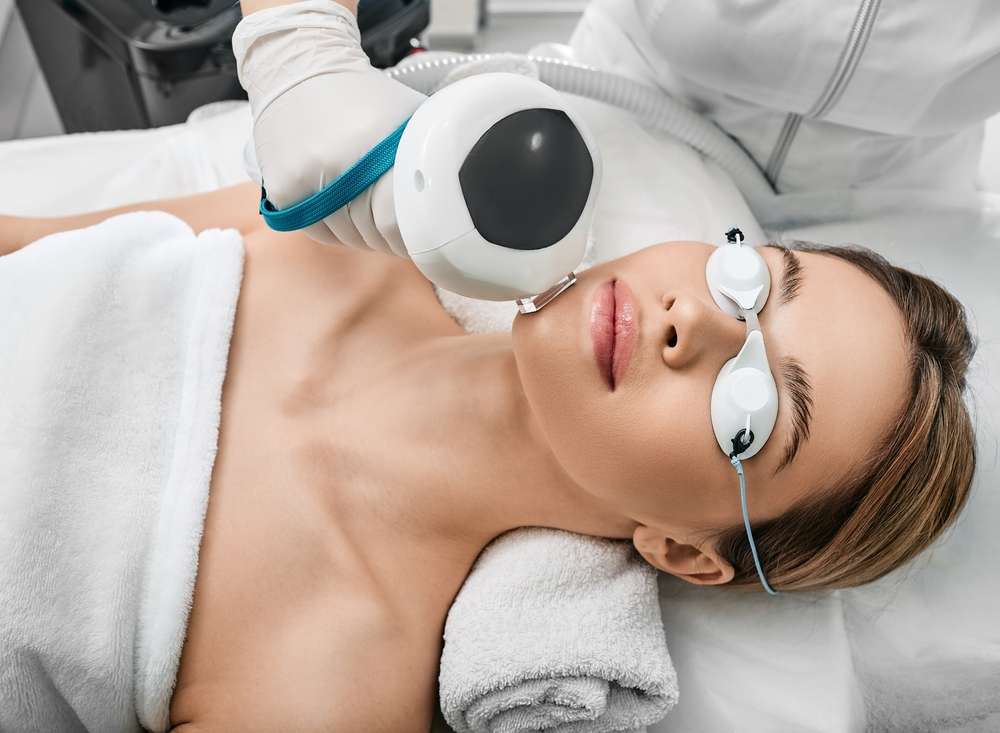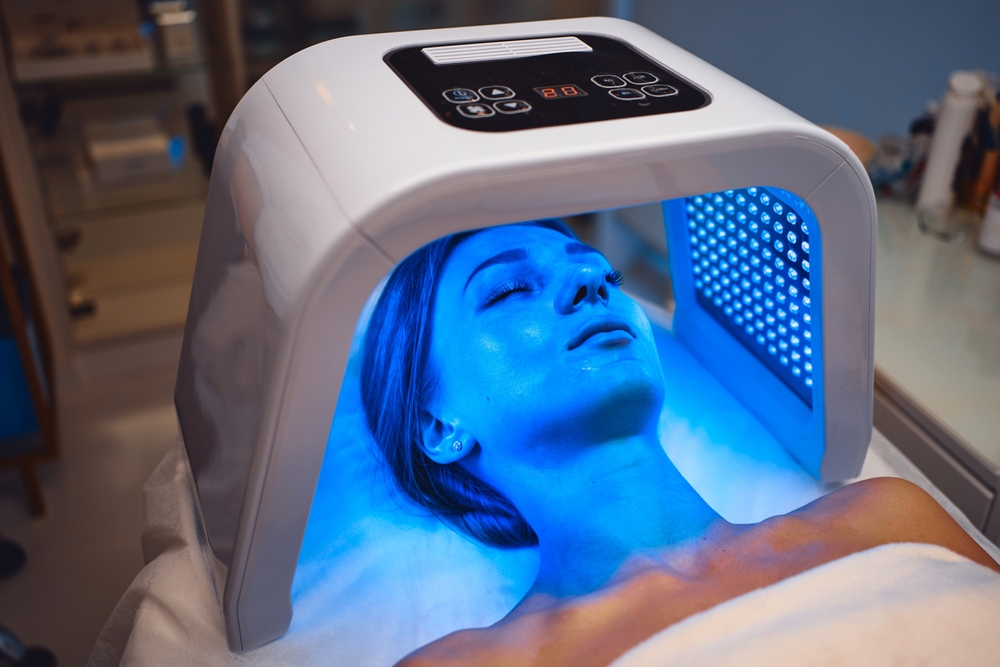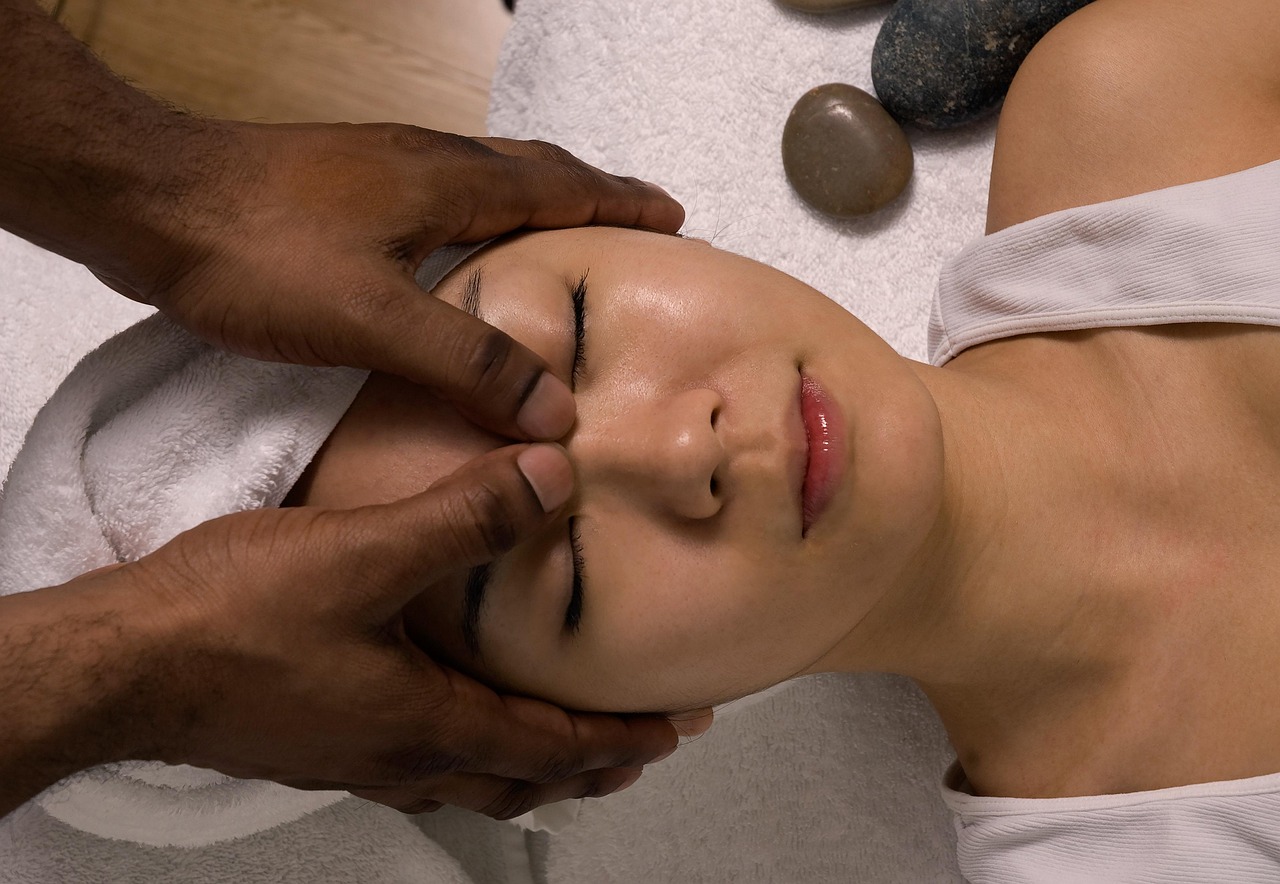Laser Skin Treatment: A Comprehensive Guide to Advanced Dermatology
Laser skin treatment has revolutionized the field of dermatology, offering innovative solutions for various skin concerns. This non-invasive procedure uses focused light energy to target specific skin issues, promoting collagen production and skin cell renewal. As more people seek effective ways to improve their skin's appearance and health, laser treatments have become increasingly popular in dermatology clinics worldwide. This article explores the various aspects of laser skin treatment, its benefits, and what patients can expect from this cutting-edge dermatological procedure.

What skin conditions can be treated with laser therapy?
Laser skin treatments are versatile and can address a wide range of dermatological concerns. Some of the most common conditions treated with laser therapy include:
-
Acne and acne scars
-
Fine lines and wrinkles
-
Sun damage and age spots
-
Uneven skin tone and texture
-
Rosacea and facial redness
-
Unwanted hair
-
Tattoo removal
-
Stretch marks
-
Vascular lesions
The effectiveness of laser treatment varies depending on the specific condition and the individual’s skin type. A consultation with a qualified dermatologist is essential to determine if laser therapy is the right option for a particular skin concern.
What are the benefits of choosing laser skin treatment?
Laser skin treatment offers numerous advantages over traditional dermatological procedures. Some key benefits include:
-
Precision: Lasers can target specific areas without affecting surrounding tissue.
-
Minimal downtime: Many laser treatments require little to no recovery time.
-
Non-invasive: Unlike surgical procedures, laser treatments don’t involve incisions.
-
Customizable: Treatment can be tailored to individual skin types and concerns.
-
Long-lasting results: Many patients experience prolonged improvements in skin appearance.
-
Stimulation of natural healing: Laser therapy encourages the body’s own regenerative processes.
-
Versatility: A single type of laser can often address multiple skin issues.
These benefits have contributed to the growing popularity of laser skin treatments in dermatology clinics around the world.
What should patients expect during a laser skin treatment session?
A typical laser skin treatment session begins with a thorough cleansing of the treatment area. The dermatologist will then adjust the laser settings based on the patient’s skin type and the specific condition being treated. Protective eyewear is provided to shield the eyes from the laser light. As the laser is applied to the skin, patients may experience a sensation similar to a rubber band snapping against the skin or a warm, prickling feeling.
The duration of the treatment can vary from a few minutes to over an hour, depending on the size of the area being treated and the specific procedure. After the treatment, the skin may appear red or slightly swollen, but these effects typically subside within a few hours to days. The dermatologist will provide specific aftercare instructions to ensure optimal healing and results.
How many laser treatment sessions are typically needed?
The number of laser treatment sessions required varies depending on the specific skin condition, the type of laser used, and the individual’s response to treatment. Here’s a general guide for common treatments:
| Condition | Average Number of Sessions | Frequency |
|---|---|---|
| Acne scars | 3-5 | 4-6 weeks apart |
| Fine lines and wrinkles | 3-6 | 4-6 weeks apart |
| Hair removal | 6-8 | 4-8 weeks apart |
| Pigmentation | 2-4 | 3-4 weeks apart |
| Tattoo removal | 6-10 | 6-8 weeks apart |
It’s important to note that these are average estimates, and individual treatment plans may vary. A dermatologist will provide a personalized treatment schedule based on the patient’s specific needs and goals.
Are there any risks or side effects associated with laser skin treatment?
While laser skin treatments are generally safe when performed by qualified professionals, there are potential risks and side effects to consider. Common temporary side effects include:
-
Redness and swelling
-
Mild discomfort or pain
-
Temporary changes in skin color
-
Crusting or scabbing
-
Bruising
More serious, but rare, complications can include:
-
Burns or blisters
-
Scarring
-
Infection
-
Permanent changes in skin color
To minimize risks, it’s crucial to choose a reputable dermatology clinic with experienced professionals. Patients should also follow all pre- and post-treatment instructions carefully and report any unusual symptoms to their dermatologist promptly.
Laser skin treatments have transformed the field of dermatology, offering effective solutions for a wide range of skin concerns. By understanding the process, benefits, and potential risks, patients can make informed decisions about their skin care. As with any medical procedure, consulting with a qualified dermatologist is essential to determine if laser skin treatment is the right choice for individual needs and to ensure the best possible outcomes.
This article is for informational purposes only and should not be considered medical advice. Please consult a qualified healthcare professional for personalized guidance and treatment.




